Optimal Timing for Waterproofing
Waterproofing is a critical process to protect structures from water intrusion, which can lead to structural damage, mold growth, and increased maintenance costs. The effectiveness of waterproofing measures depends significantly on choosing the right time for application. Proper timing ensures durability and long-term performance, making it essential to consider seasonal and environmental factors.
Spring offers moderate temperatures and less rain, ideal for waterproofing projects. It allows sufficient curing time before summer heat or winter cold.
Summer provides warm weather and longer days, facilitating quicker application and curing. However, high humidity and rain can pose challenges.
Fall's cooler temperatures and reduced precipitation make it suitable for waterproofing, especially before winter sets in.
Winter is generally not recommended due to freezing temperatures that hinder proper curing and adhesion of waterproofing materials.
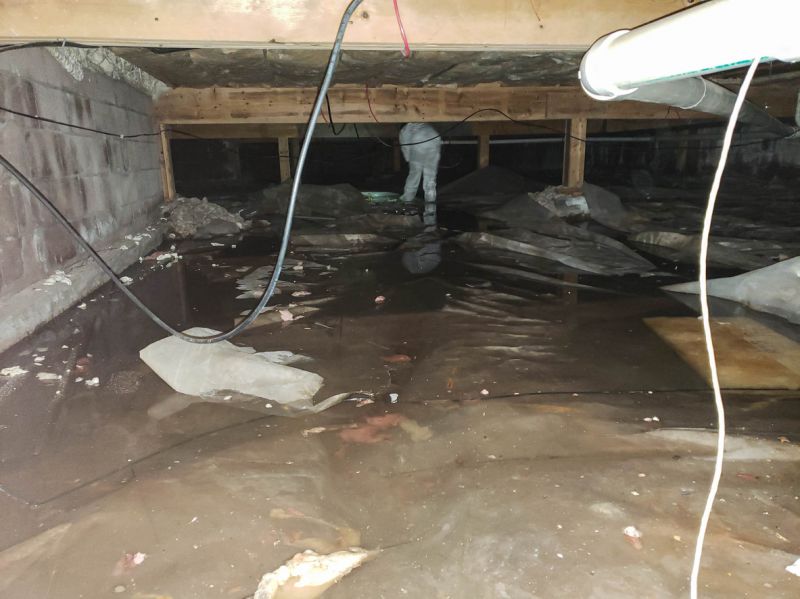
Ways to make Waterproofings work in tight or awkward layouts.
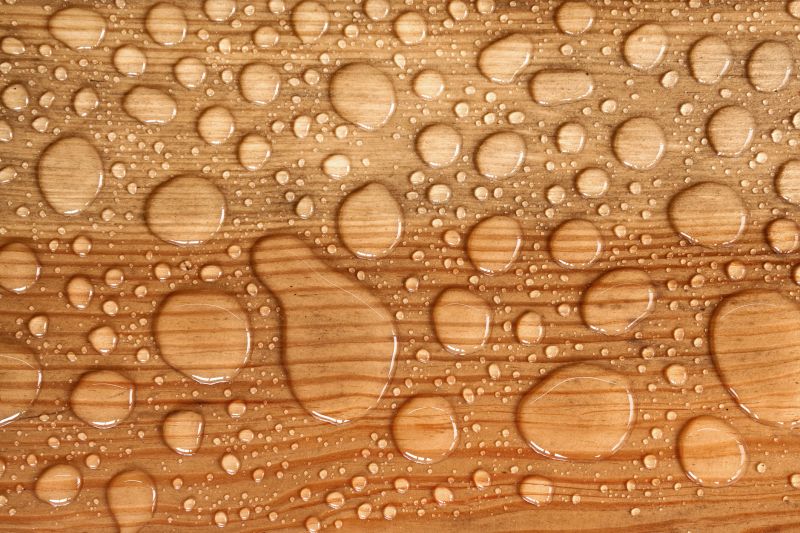
Popular materials for Waterproofings and why they hold up over time.
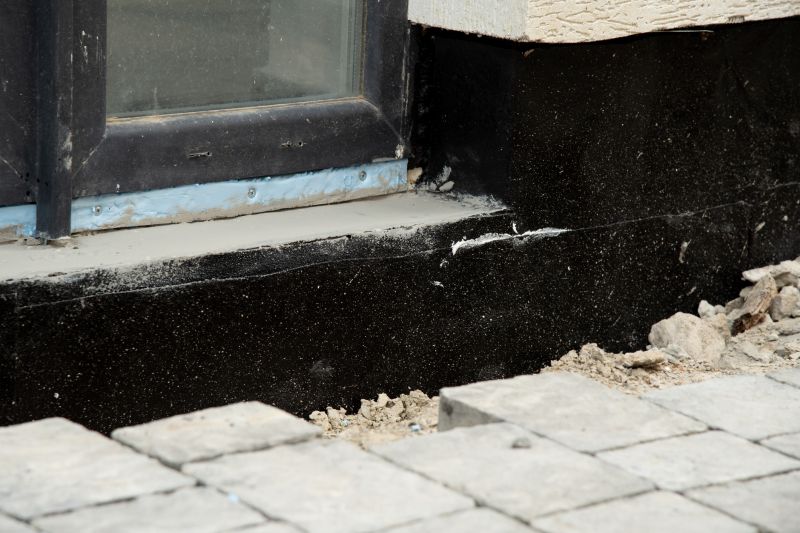
Simple add-ons that improve Waterproofings without blowing the budget.

High-end options that actually feel worth it for Waterproofings.
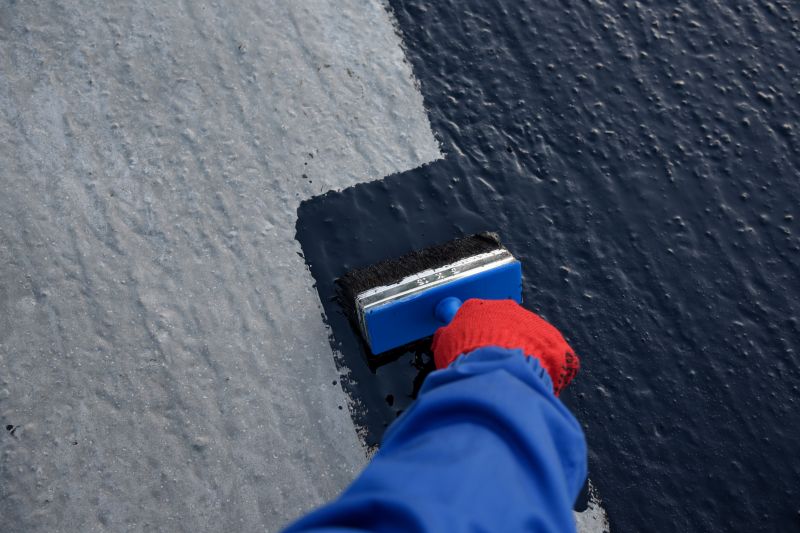
Finishes and colors that play nicely with Waterproofings.
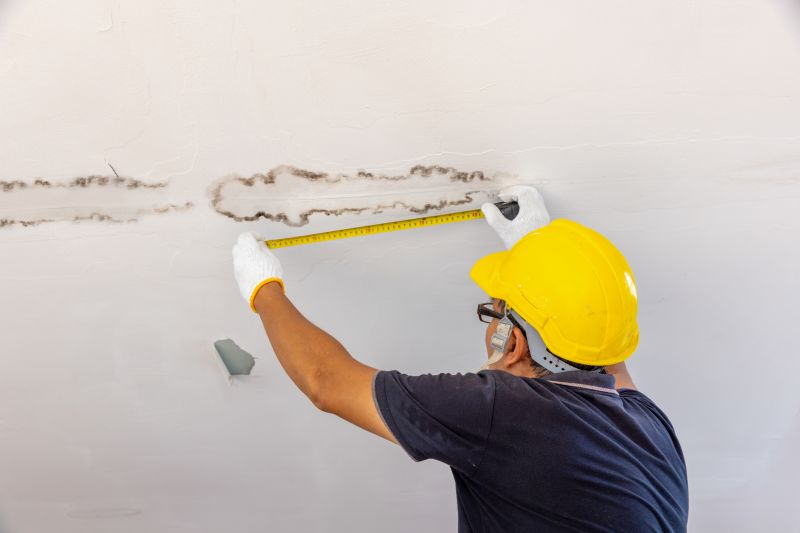
Little measurements that prevent headaches on Waterproofings day.
| Season | Recommended Conditions |
|---|---|
| Spring | Temperatures 50-70°F, dry days, low humidity |
| Summer | Warm temperatures, low humidity, no rain |
| Fall | Cooler temperatures, dry weather, moderate humidity |
| Winter | Not recommended due to freezing temperatures |
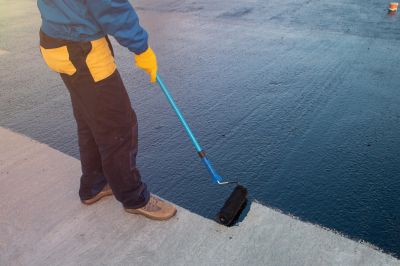
A 60-second routine that keeps Waterproofings looking new.
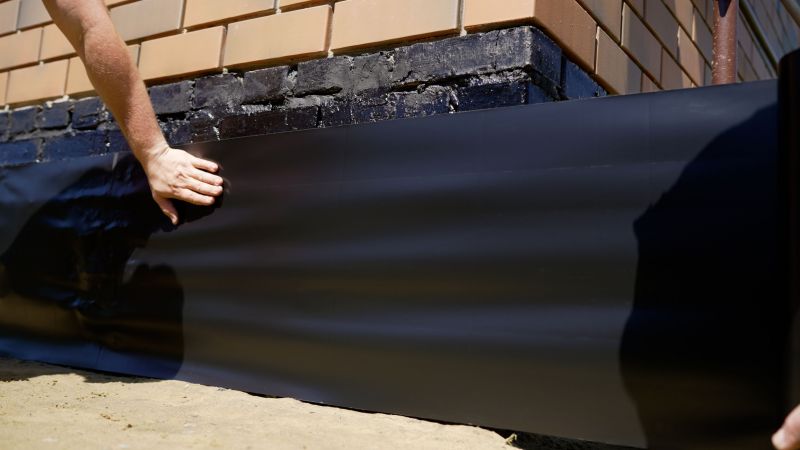
A frequent mistake in Waterproofings and how to dodge it.

Small tweaks to make Waterproofings safer and easier to use.

Lower-waste or water-saving choices for Waterproofings.
Interested in waterproofing services? Filling out the contact form can provide more information on suitable timing and options for specific structures. Proper timing and application techniques are vital for ensuring water resistance and structural integrity over time.

